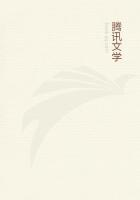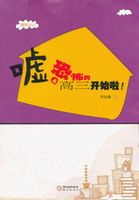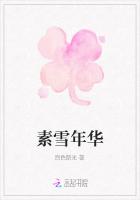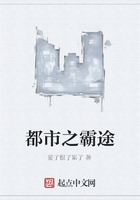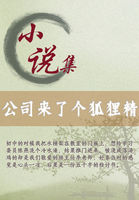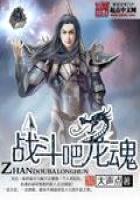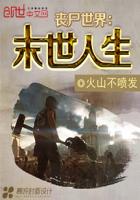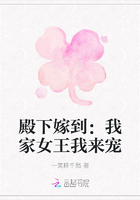CONTROVERSIES AMONG HEBREW SCHOLARS RELATING TORITUALISTIC INKS--THE CLASS OF INKS EMPLOYED BYTHE FRENCH AND GERMAN JEWS--CONVENTION OF REPRESENTATIVES FROM JEWISH CENTERS--SUBMISSIONOF THEIR DIFFERENCES TO MAIMONIDES--HE DEFINESTALMUDIC INK--SIXTH CENTURY REFERENCE TO "GALL" INK--ASSERTION OF HOTZ-OSTERWALD THAT EXCLUSIVE OF THE INDIAN INK, THE WRITING PIGMENTSOF ANTIQUITY HAVE NEVER BEEN INVESTIGATED--HISBELIEF THAT YEAST FORMED A PORTION OF THEM--SOME OTHER OBSERVATIONS ON THIS SUBJECT--ANCIENT FORMULAS ABOUT THE LEES OF WINE IN INK-MAKING--COMMENTS ON INK-MAKING BYPLINY--ANCIENT FORMULA OF POMEGRANATE INK--SECRETA BY THE MONK THEOPHILUS--WHAT THE, THORN TREE HE REFERS TO REALLY IS--IDENTITY OFTHE MYROBOLAM INK OF THE MOST REMOTE ANTIQUITYWITH THE POMEGRANATE INK OF THE MIDDLE AGES--THE USES OF THE ACACIA TREE.
MOST of the documents of early mediaeval times which remain to us containing ink in fairly good condition, like charters, protocols, bulls, wills, diplomas, and the like, were written or engrossed with "Indian"ink, in which respect we of the present century continue to follow such established precedent when preparing important written instruments. It is not remarkable, therefore, that the black inks of the seventh, eighth, ninth and tenth centuries preserve their blackness so much better than many belonging to succeeding ages, including a new class of inks which could not stand the test of time.
During the twelfth and first years of the thirteenth centuries there were bitter controversies among Talmudic (Hebrew) scholars, relative to the character of the ink to be employed in the preparation of ritualistic writings. Nice distinctions were drawn as to the real meaning of the word deyo as understood by the Jews of the western part of the world, and the Arabic word alchiber, as then understood nearer Palestine and the other eastern countries.
The French Jews were using "tusche" (typical of the "Indian" ink), while the Germans were employing "pomegranate" and "gall" inks. Representatives from interested religious Jewish centers came together and resolved to submit their differences for final adjustment to Maimonides, born in Spain, A. D. 1130, and died A. D. 1204--the then greatest living Hebrew theologian and authority on biblical and rabbinical laws. Discarding all side issues, their differences were seemingly incorporated into three questions and thus propounded to him:
1. Is the Talmudic deyo identical with alchiber?
2. Of what ingredient should the Talmudic deyo consist, if it is not the same as alchiber?
3. Is alchiber to be understood as relating to the gall-apple and chalkanthum (blue vitriol)?
To the first and third questions Maimonides declared that deyo and alchiber were not identical;and for the reasons that the Talmud declares deyo to be a writing material which does not remain on the surface on which it is placed and to be easily effaced.
On the other hand alchiber contains gum and other things which causes it to adhere to the writing surface.
To the second question he affirmed that the Talmud distinguishes a double kind of deyo, one containing little or no gum and being a fluid, and the other referring to "pulverized coal of the vine, soot from burning olive oil, tar, rosin and honey, pressed into plates to be dissolved in water when wanted for use."Furthermore, while the Talmud excludes the use of certain inks of which iron vitriol was one, it does not exclude atramentum, (chalkanthum, copper vitriol), because the Talmud never speaks of it. He insisted that the Talmud requires a dry ink (deyo).
As one of the last entries made in the Talmud (a great collection of legal decisions by the ancient Rabbis, Hebrew traditions, etc., and believed to have been commenced in the second century of the Christian era) is claimed to belong to the sixth century, mentions gall-apples and iron (copper) vitriol, it must have referred to "gall" ink. Further investigation discloses the fact that such galls were of Chinese origin and as we know they do not contain the necessary ferment which the aleppo and other galls possess for inducing a transformation of the tannin into gallic acid, no complete union could therefore obtain.
Hence the value of this composition was limited until the time when yeast and other materials were introduced to overcome its deficiencies.
Hotz-Osterwald of Zurich, antiquarian and scholar, has asserted that with the exception of the carbon inks employed on papyrus, the writing pigments of antiquity and the Middle Ages have scarcely been investigated. The dark to light-brown pigment, hitherto a problem, universally used on parchment, he contends upon historical, chemical and microscopic evidence is identical with oeno-cyanin and was prepared for the most part from yeast, and was first employed as a pigment. Contrary to the general opinion it contains no iron, except frequently accidental traces, and after its appearance in Greece in the third century, it formed almost exclusively the ink of the ancient manuscripts, until displaced by the gallate inks, said to have been introduced by the Arabians. These accidental traces of iron were due to the employment of iron vessels in the making of the ink.
My own observations in this direction confirm and establish the fact that it was the custom in the early centuries of the Christian era to utilize yeast or an analogous compound as part of the composition of ink, to which was added sepia, or the rind of the pomegranate apple previously dissolved by heat in alkaline solutions.
This analogous compound was probably the material procured from wine lees (dregs), deposited after fermentation has commenced, and which after considerable application of heat yields not only most of the tannin contained in the stones and fruit stalks, but a viscid compound characteristic of gelatine and of a red-purple color which in course of time changes to brown.


